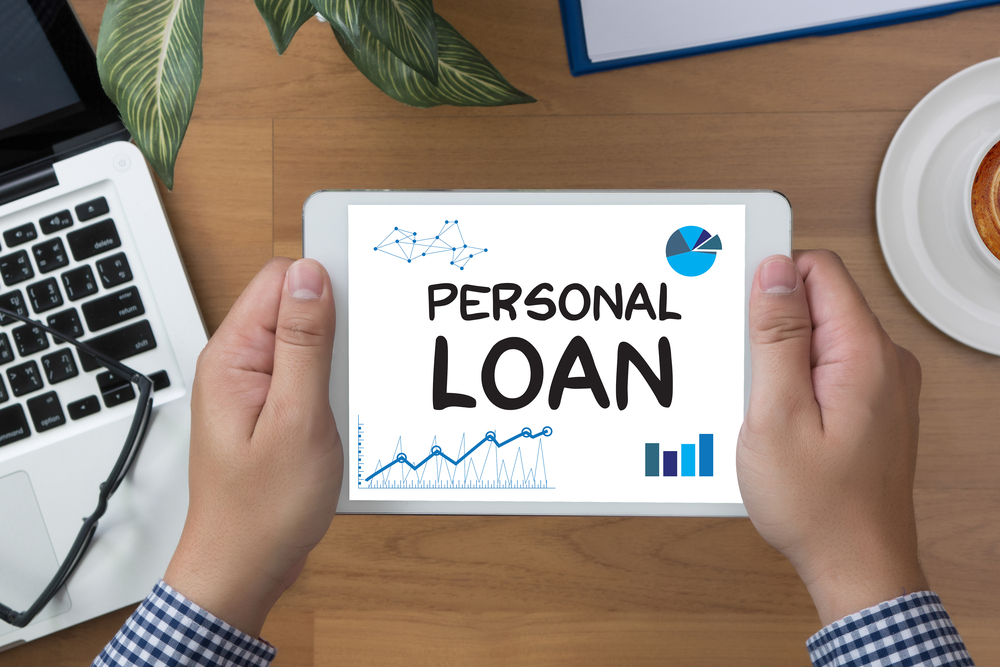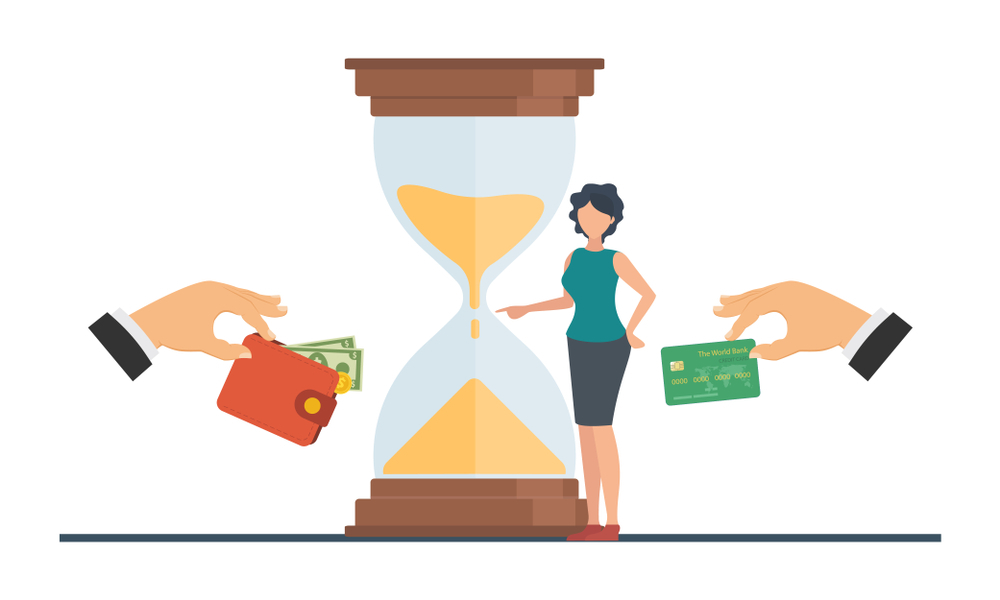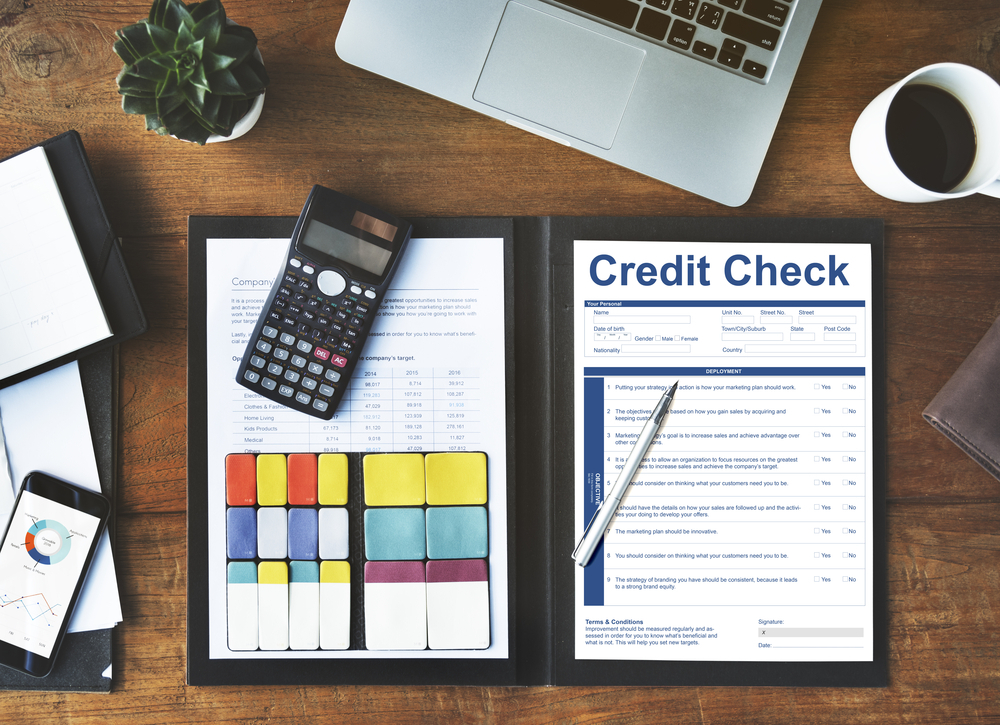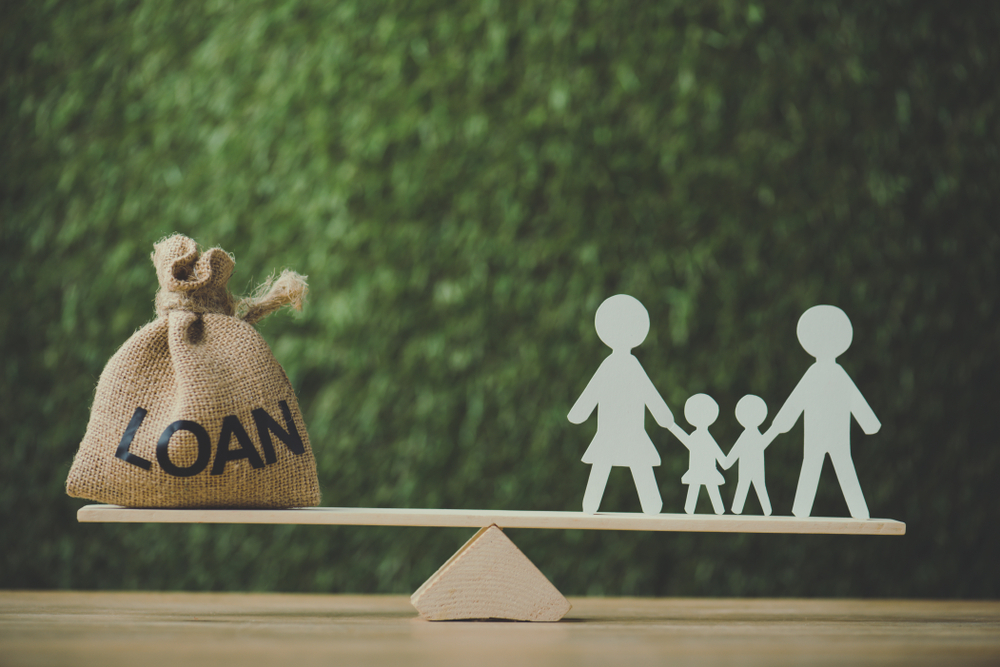What is a Personal Loan?
Personal loans can be used for a variety of purposes. It includes debt consolidation, due to unexpected medical care, a new device, a vacation, or even a student loan. You will have to pay it with interest on a monthly payment over a period of time, usually two to five years.
The interest rate, you pay, is expressed in terms of the annual payment rate (APR). The interest rate on personal loans is 9.41% in June 2019, however, it can vary from 6% to 36%, depending on your loan, including analysis, your income, and your debt.

Personal loans do not require collateral or security, and a minimum amount of loan also can be obtained. However, as most of the loans have to be repaid in over next few years.
You can also use it to cover all expenses, including education, training, marriage, travel, home, home improvement, medical expenses, and gadget purchases. You can use this to help with your daily expenses in case of insufficient income.
When you apply for a personal loan, you are asking to borrow a certain amount of money from a lending institution, such as a bank or a credit union. While all the proceeds from the mortgage should be used to pay for the house, and you will receive a car loan to pay for a car purchase, a personal loan can be used for a variety of purposes. You may want to take a personal loan to help pay for your education or medical expenses, to buy a large household item such as a new fireplace or equipment, or to cover a debt.
Repaying your loan is different from repaying a credit card debt. With a personal loan, you pay a fixed installment at a fixed rate until the debt is paid in full.
Before applying for a personal loan, you should know the general terms of the loan, which include:
1. Principal – This is the amount you borrow. For example, if you are applying for a 10,000 rupees personal loan, that amount is significant. When the lender calculates the personal loan interest rate, they base their calculations on the principal debtor. As you continue to repay the loan, the principal amount decreases.

2. Interest – When you take a personal loan, you agree to pay off your debt with interest, You will pay a monthly interest rate in excess of half of your income towards a head reduction. Interest is usually expressed as a percentage.
3. APR – APR stands for “annual percentage rate.” If you take out any kind of loan, in addition to interest, the lender will charge you a loan. APR incorporates both your interest and any lending funds to give you a better picture of the actual cost of your loan. Comparing APRs is a great way to compare accessibility with a number of different personal loans.
4. Term – The number of months you have to repay the loan is called a term. When the lender approves your loan application, they will inform you of the interest rate and the amount they are offering.

5. Monthly Payment – Every month during the period, you will pay a monthly payment to the lender. This payment will cover the down payment on the principal debt, and the full interest rate on the loan life.
6. Unsecured loans – Personal loans are usually unsecured loans, which means you don’t have to hold them back. With a home or car loan, the real property you buy serves as collateral for the lender. Personal loans are only financed by the borrower’s good credit or cosigner debt. However, some lenders offer secured personal loans, which will require collateral, and may offer better rates than unsecured debt.
How Personal Loans Work

Whenever you ask a lender for any type of loan, you will have to go through the application process. However, before applying for a personal loan, it is important that you review your credit and debt report, so that you understand what lenders can see when they pull out your credit report. Remember, checking your credit report has never affected your credit score for personal loan, so you can always check back when you need to.
Once you have reviewed your debt and taken any necessary action based on what you see, you can apply for a personal loan from any financial institution such as a bank, credit union or online lender.
Lenders usually check your credit score for personal loan when reviewing your application, and high scores are usually eligible for better interest rates and loan terms for any loans you want. The lender will also look at your credit-to-income ratio (DTI), the number that compares the amount you owe each month with the total amount you receive. To get your DTI, make your monthly bills (including credit cards, mortgages, car loans, student loans, etc.), and divide by your monthly income (prepaid taxes, deductions and expenses). You will get the decimal results that you convert as a percentage to your DTI. Lenders like to see DTIs less than 36%, but many can offer loans to borrowers at higher rates.
You are under a rock, the time has come for you to apply for a loan. If you apply to various banks for a loan, your application will be processed within 14-30 days. These are known as prices and a number of questions that will be considered as one of the things that can have the most impact on your credit score for personal loan.
A lot of additional personal loan documents are required for this application. `While the collection of these personal loan documents. You will need to submit proof of income (receipt, Form W2), mortgage rates, official identification cards, and social security number.
The applicant’s eligibility for a loan will depend on a number of factors, including stability, monthly income, age, type of work, occupation, CIBIL points, job experience, etc. Your personal information, including CIBIL points for pan number and KYC documents.
Minimize the Impact of Inquiries

When you apply for a loan and the lender analyzes your credit report, your report is closely investigated. Tough questions remain in credit reports for two years, and their impact diminishes over time. In the short term, however, many difficult questions in your report can have a negative impact on your credit score for personal loan.
If you are going to compare purchases by applying to more than one lender, be sure to do so in the short term to minimize the impact of difficult questions. Typically, debt recovery models will list many difficult questions of the same type of credit product as a single event, as long as they appear in a short window of a few weeks. Do not prolong your comparison shopping with apps within months.
Another option is to ask if the lender can put it in front of the screen or allow you a loan offer. Approval is often regarded as a soft-spoken investigation, which does not affect scoring goals.
Pros and Cons of Personal Loans
Like any other type of loan, personal loans have advantages and disadvantages, depending on your financial situation. Whether a loan is good will depend largely on how well you manage your loan over time.
On the positive side, personal loans can help you buy more. Breaking large costs into smaller payments over time can help make those costs more manageable if you have a steady income. Personal loans have a lower interest rate of interest than your credit card purchase. A personal loan can also be a great way to combine multiple high-interest credit card debt into a single, low interest payment.
When you choose to take a personal loan and make timely payments, you are helping to build a good credit history, which contributes to a good credit score. Your proper use of credit can have a profound effect on many aspects of debt consideration, including payment history, credit rating, and mixing debt types.

However, if you pay late or lose the payment completely, it could affect your debt. Late payments can reduce credit scores, and lower credit scores can reduce your ability to get a loan at better rates.
If you are far behind in making your mortgage payments, your loan can go into collections or be levied – and both of these bad events appear in your credit report and can also reduce your scores. Finally, if a loan makes it difficult for you to pay off your debts on time, you may want to consider other options. As bad as it may be, a breakup can be something you look forward to, but you know that it can appear in your credit report and negatively affect your debt for seven to ten years.
Your Loans and Your Debts:

It is important to manage any type of debt that you use wisely, including personal loans. Personal loans can be useful when they are well managed, but taking out a loan should not be a trivial matter – or without a careful look at your entire financial picture before you start.
Before making any kind of important credit decision, it is best to check your credit report to understand your current credit status. Also, reviewing your report can help you better understand how your decision could affect your credit in the future.
How can we help you get a personal loan?

Thanks to technology, it is now possible to apply for a private loan on the net, and it is much easier and faster. There are various online forums, which offer an easy way to apply for a loan. You can use the Credit Bazaar to apply for a personal loan online with just a few simple steps. Here’s a quick guide to getting a personal loan on the web.
Please visit the Credit Bazaar, please go to the Credit line, click on the personal loan section, and be taken to the next page.
On this page, you will need to provide your basic personal information, including your name, contact details, address, etc. in respect of current payments. You will also need to provide details of your previous results if you do not disclose them to them. Now click the Submit button.
After that, you will have to go to the next page. Here, you will see a detailed comparison of the loans arranged for various lenders. Here, you will need to take a closer look at the various options available, as well as some important parameters such as distance, quotes, payment, etc., the best choice depending on your needs.
